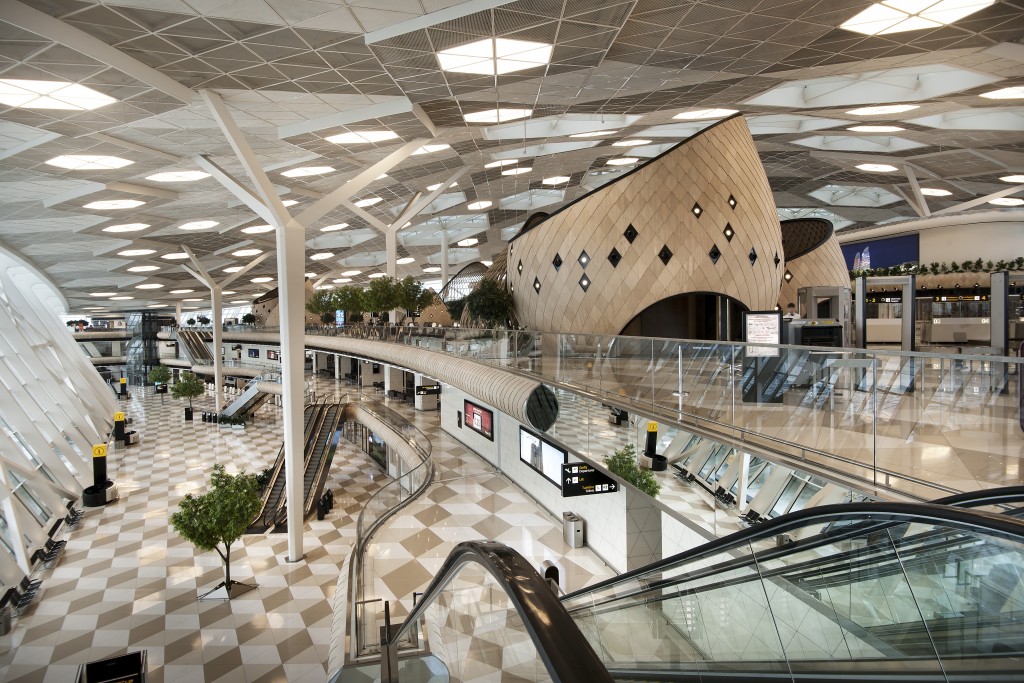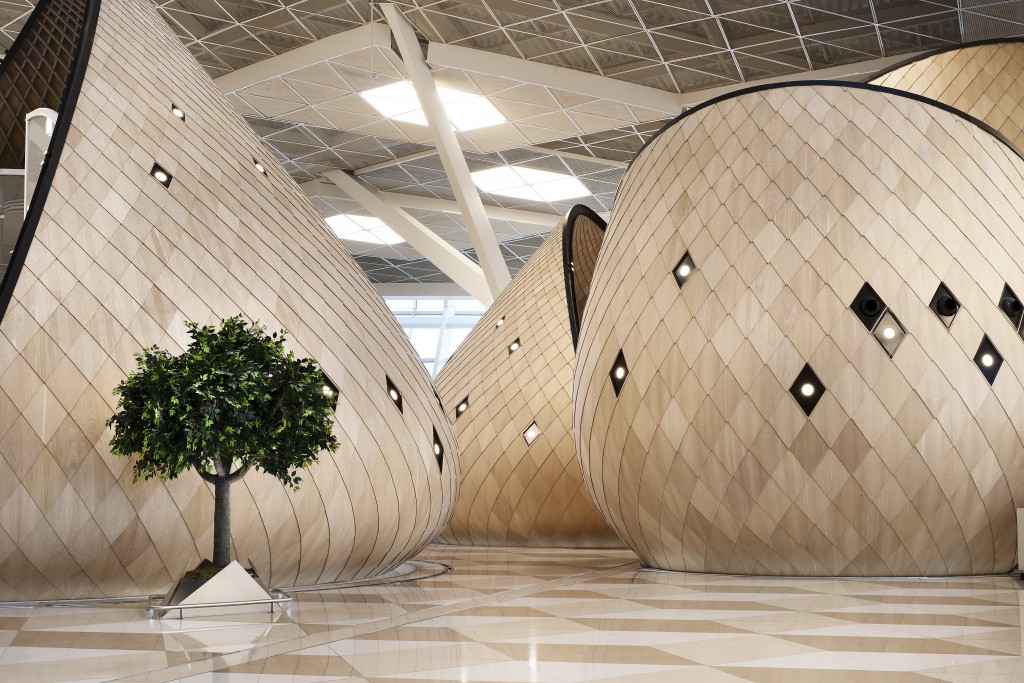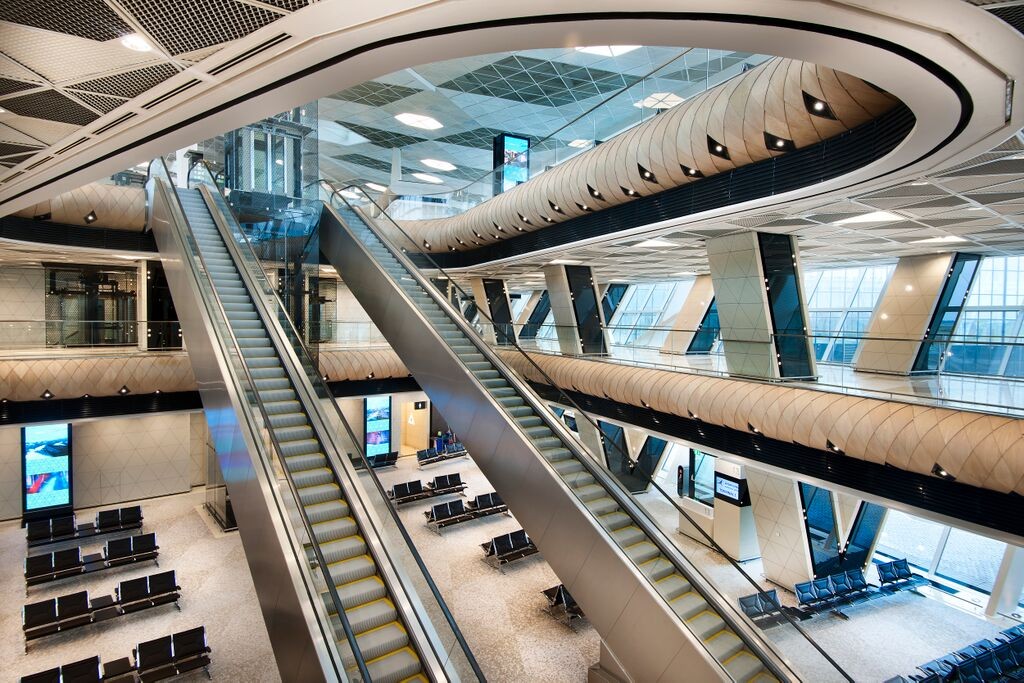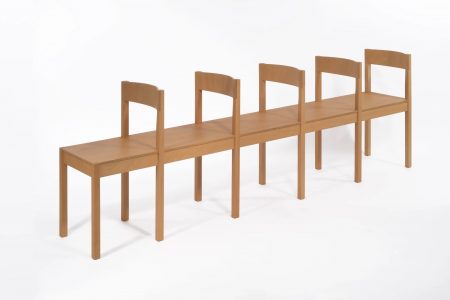
Baku International Airport by Autoban
Designed by Istanbul-based Autoban, the interior of Baku, Azerbaijan’s new airport takes-off as both a private club and transit zone – a testament to style and modernity. TLmag was granted entry for an exclusive preview. Landing in Baku, one discovers the Caspian riviera – the immensity of sand...
Designed by Istanbul-based Autoban, the interior of Baku, Azerbaijan’s new airport takes-off as both a private club and transit zone – a testament to style and modernity. TLmag was granted entry for an exclusive preview. Landing in Baku, one discovers the Caspian riviera – the immensity of sand and wind. If this peninsula has been an oasis for over 150-years, it’s thanks to a rich history of noble families, such as the Rothchilds, introduced their french architectural style. Influences – emulating luxury cruises of yesteryear – are evident in the recently opened Four Seasons Baku and Negresco Square. Much like Dubai, the Azerbaijan capital rivals in intelligent innovation with avant-garde architecture. In-line with this spirit, Baku’s brand-new International Airport is a bold statement – the anthesis of communist-era cliches. Designed by Autoban, the terminal’s interior follows a rhythm of convax and concave curves, demarking different areas with fluidity. The airport is emancipated of standard straight-lines and corridors. Illustrating a futuristic world, the design studio’s principals – Seyhan Özdemir and Sefer Caglar – conceived the project as a gigantic VIP lounge open to all. The impressive space features layers of platforms with pod-like enclosures that detach from the immense corrosive tent-like terminal structure. Covered in a woven patchwork of convex light-oak shingles, these self-protective bubbles divide the total surface of the terminal, welcoming greenery within their gaps. These huge Dedon cocoons house everything from airline lounges, children playrooms to wellness centres and coffee shops. Yet, amid these elegant giant hills, geometric rigor takes over. These flexible forms – waving and curling – are composed of small triangles nested to head to tail. This approach follows Renaissance-era theory – integrating geometric and humanists ideals. Mission accomplished.

General overview of Baku's International Airport

General overview of Baku's International Airport

General overview of Baku's International Airport

General overview of Baku's International Airport
‹ Back






